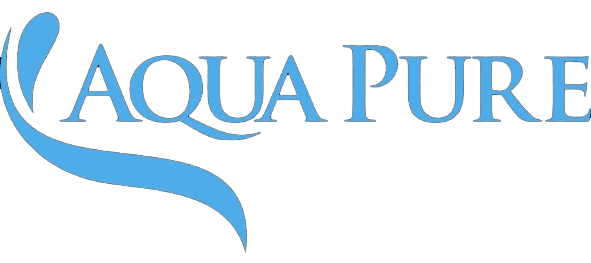Reverse Osmosis Water Systems
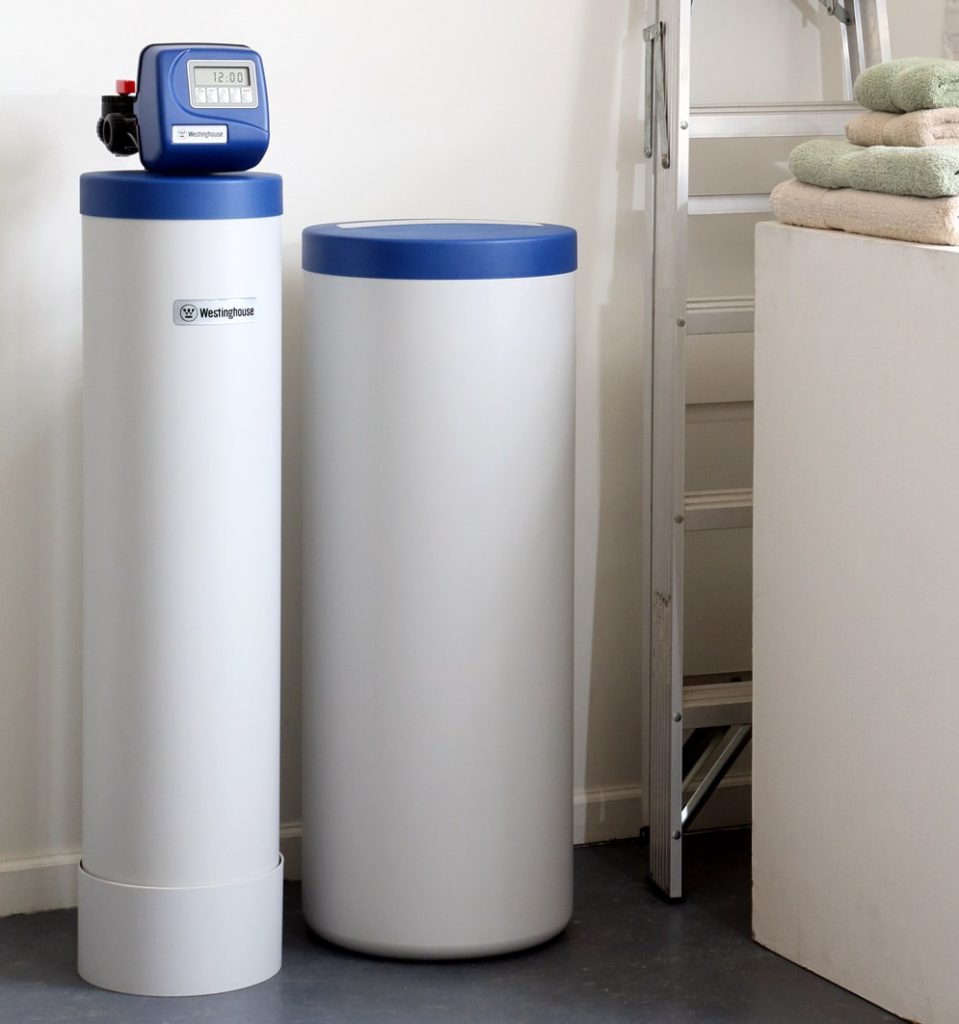
Reverse Osmosis Water Systems
Introduction
Reverse osmosis water systems provide an advanced solution for purifying tap water, removing impurities, and improving taste. This technology is increasingly popular in households looking for safe, clean, and great-tasting drinking water.
Reverse osmosis water technology uses a semipermeable membrane to remove ions, unwanted molecules, and larger particles from drinking water. By applying pressure to overcome natural osmotic pressure, RO systems can effectively strip tap water of contaminants and dissolved salts, providing your home with pure water for all uses.
How does reverse osmosis water technology work?
The Science Behind Reverse Osmosis
Understanding the science of reverse osmosis is crucial for appreciating its benefits. Naturally, osmosis occurs when water flows from a less concentrated solution through a membrane to a more concentrated one, balancing the concentrations on both sides of the membrane. Reverse osmosis, however, reverses this process. By applying pressure, water is forced from a higher concentration of impurities to a lower concentration through the membrane, resulting in cleaner water.
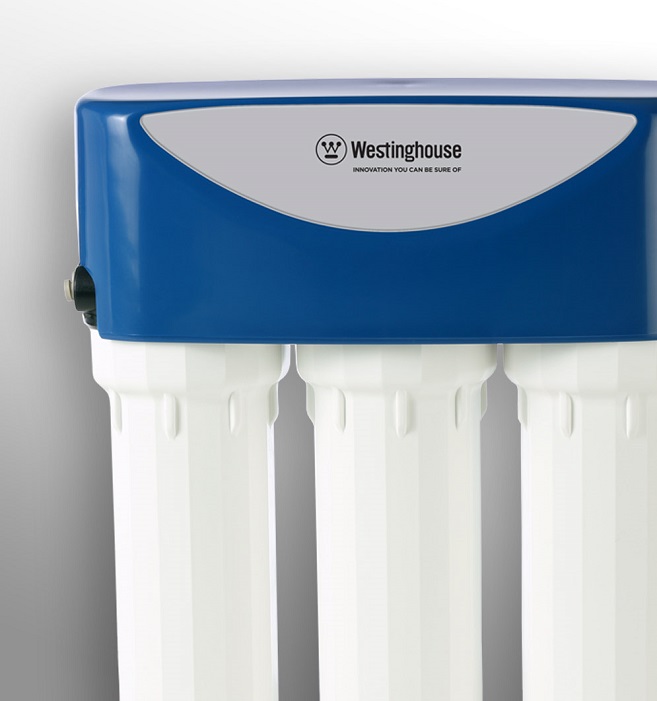
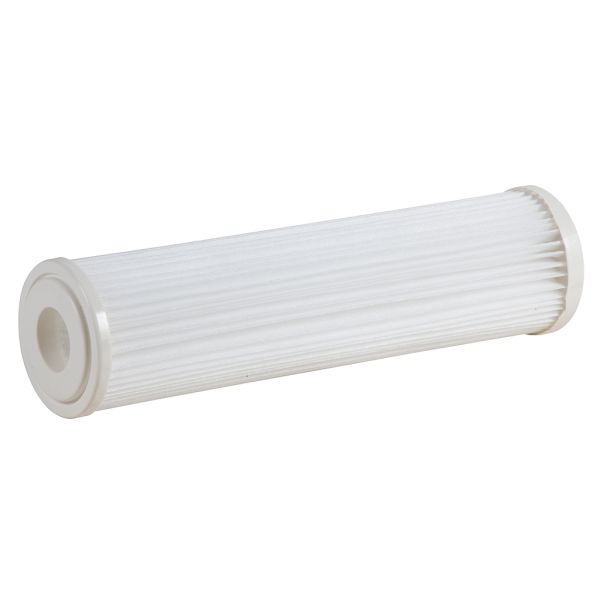
Sediment Pre-Filter
This is an important piece of the reverse osmosis filtration process as it removes large salts, sand, sediment and dirt that could damage the reverse osmosis membrane if they were allowed to reach that stage of the process.
*image shown as example only.
Activated Carbon Filter
After water runs through the sediment filter it then reaches the carbon filter which helps to remove chemicals such as chlorine that could also damage the reverse osmosis membrane. This stage also vastly improves the taste and smell of your water.
*image shown as example only.

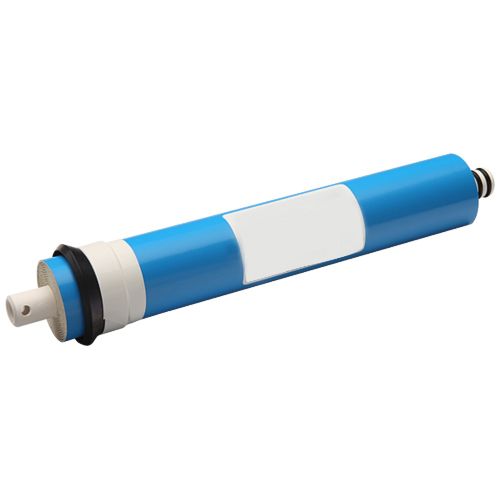
Reverse Osmosis Membrane
The semipermeable membrane is the most important part of the filtration process as it allows water to pass through without carrying other contaminants that may be dissolved inside of it. The result is clean, great tasting water that is odorless and ideal for drinking, cooking or bathing.
*image shown as example only.
Upkeep and service for your reverse osmosis system
Apart from the high quality water it delivers, another major benefit of the reverse osmosis system is the minimal upkeep and maintenance associated with servicing the filtration system. Depending on the usage of your system, a reverse osmosis system will need to have its sanitary exchange modules replaced every 6 months to one year. Aqua Pure Water Solutions also suggests that reverse osmosis systems be sanitized once a year in order to ensure that your water is as clean as possible when it is used.
We have several service plans available to meet your specific needs. Please call to set up your annual service or to choose a service plan and save money.
You can reach our Service Department at +1 (281) 207-5431, option 4.
MANUFACTURER RECOMMENDS:
The recommended interval for changing the modules (not the Membrane) is every 6 to 12 months. Typical T.F.C. Membrane life expectancy is three years. Local conditions may dictate more frequent changes.


